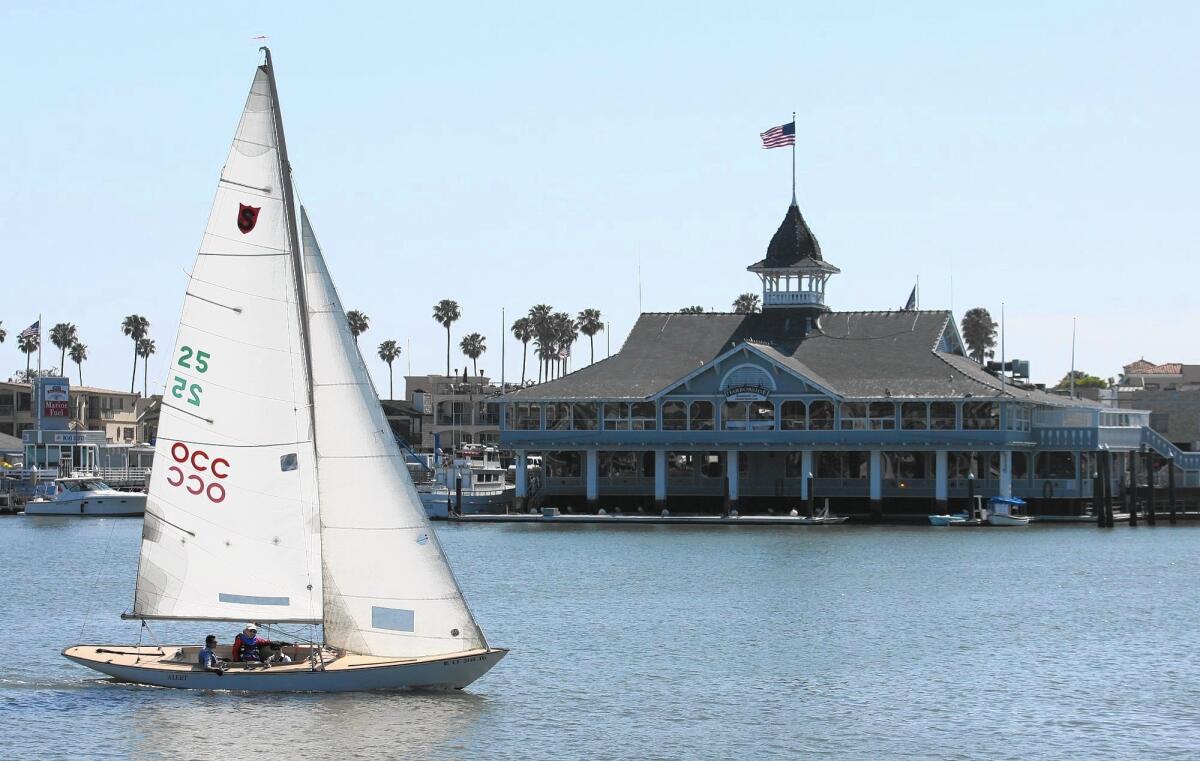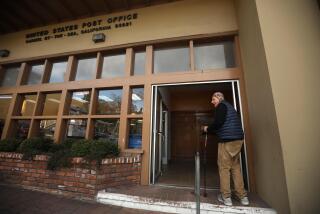California Retrospective: Revitalizing Balboa Village without sacrificing its historical charm

Having lived in Newport Beach for more than 50 years, Ralph Rodheim feels certain about one thing: Balboa Village is not having an identity crisis.
The commercial district that stretches between Palm and A streets along the Balboa Peninsula has gone through a variety of modifications — from a new name to style alterations — in its 110-year history.
“It’s called the heart and soul of the city,” said Rodheim, one of seven committee members assigned to find a way to stimulate economic growth without changing the character of Balboa Village. “People go there as tourists for fun and to remember what their parents and grandparents told them about Newport Beach.”
With its vintage arcade, old-time ice cream and candy shops and boating stores, Balboa Village provides a unique window into the history of Newport, according to historians and preservationists.
“This is the place where Newport Beach began,” said Bernie Svalstad, president of the local historical society.
But though the village’s distinct character remains, troubled businesses and aging infrastructure are apparent to city officials and some residents who have been working for years to spur economic activity in the area.
In 2012, the City Council approved the Balboa Village Master Plan and created an advisory committee to assist city leaders with revitalization and parking improvement.
In the last several years, the city has created incentives for business owners to improve their building facades, approved landscape redevelopment, installed new signs and loosened parking requirements for businesses. The committee has floated the idea of reintroducing a trolley-style service to shuttle visitors along the peninsula in hopes of bringing shoppers to Balboa Village.
Most recently, the committee discussed the possibility of changing Balboa Village’s name.
The group plans to conduct a feasibility study to see how the alternative, Old Town Balboa, might be received. Before it was named Balboa Village, the area was simply called Balboa. However, visitors consistently confused Balboa with Balboa Island, Rodheim said.
“I think it is critical to rebrand the area as Old Town Balboa,” he said. “Balboa Village is a relatively new term, and it has not taken off. It hasn’t differentiated us.”
A rich history
Many stories that are passed down among generations center on the Balboa Pavilion, built in 1905 by the Newport Bay Investment Co. and billed as one of California’s last surviving examples of waterfront recreational pavilions from the turn of the 20th century.
In the early 1900s it was the southernmost stop for the Pacific Electric Railway, which connected Newport Beach to parts of Los Angeles. Since then, the space has housed an art museum, a bowling alley, a gambling hall and, most recently, a restaurant and marine recreation shops.
The pavilion also was the place to go for live music and dancing until the Rendezvous Ballroom was built in 1928. Big band music from the 1920s and ‘30s could be heard echoing from the ballroom until it burned down in 1935.
The dance hall was rebuilt months later, but another fire permanently claimed the structure in the 1960s.
In recent decades, the commercial village has been made popular by the Balboa Fun Zone, with its large Ferris wheel, ferry rides and picturesque views of Newport Harbor.
The nonprofit ExplorOcean — formerly known as the Newport Harbor Nautical Museum — has been a key player in the transformation of the Fun Zone from a carnival-style seaside theme park to an educational space that emphasizes science, technology, engineering and math. In 2005, ExplorOcean purchased nearly two acres in Balboa Village, including the learning center’s current building, the boardwalk and the marina. One by one, the nonprofit began removing the carnival rides, replacing them with ocean-themed attractions.
ExplorOcean plans to build a complex featuring a three-story Ocean Literacy Center with 4-D attractions, interactive exhibits and an ocean education curriculum to supplement marine studies in school districts across California.
ExplorOcean officials have been supportive of the city’s revitalization efforts.
‘The right balance’
Mayor Pro Tem Diane Dixon, who represents the area on the City Council, acknowledges that updating the village without sacrificing its charisma isn’t a simple endeavor.
“It’s all about finding the right balance,” she said. “There’s a strong desire to sustain economic vitality for that important part of our city, but we still want to retain the beachy charm that Balboa Village is known for.”
Rodheim is adamant that Balboa Village will remain distinct from the newer shopping centers and commercial districts in Newport Beach.
“We want to keep the historic element of the village,” he said. “We cannot, will not and do not want to compete with Fashion Island.”
Hannah Fry writes for Times Community News.
More to Read
Sign up for Essential California
The most important California stories and recommendations in your inbox every morning.
You may occasionally receive promotional content from the Los Angeles Times.











